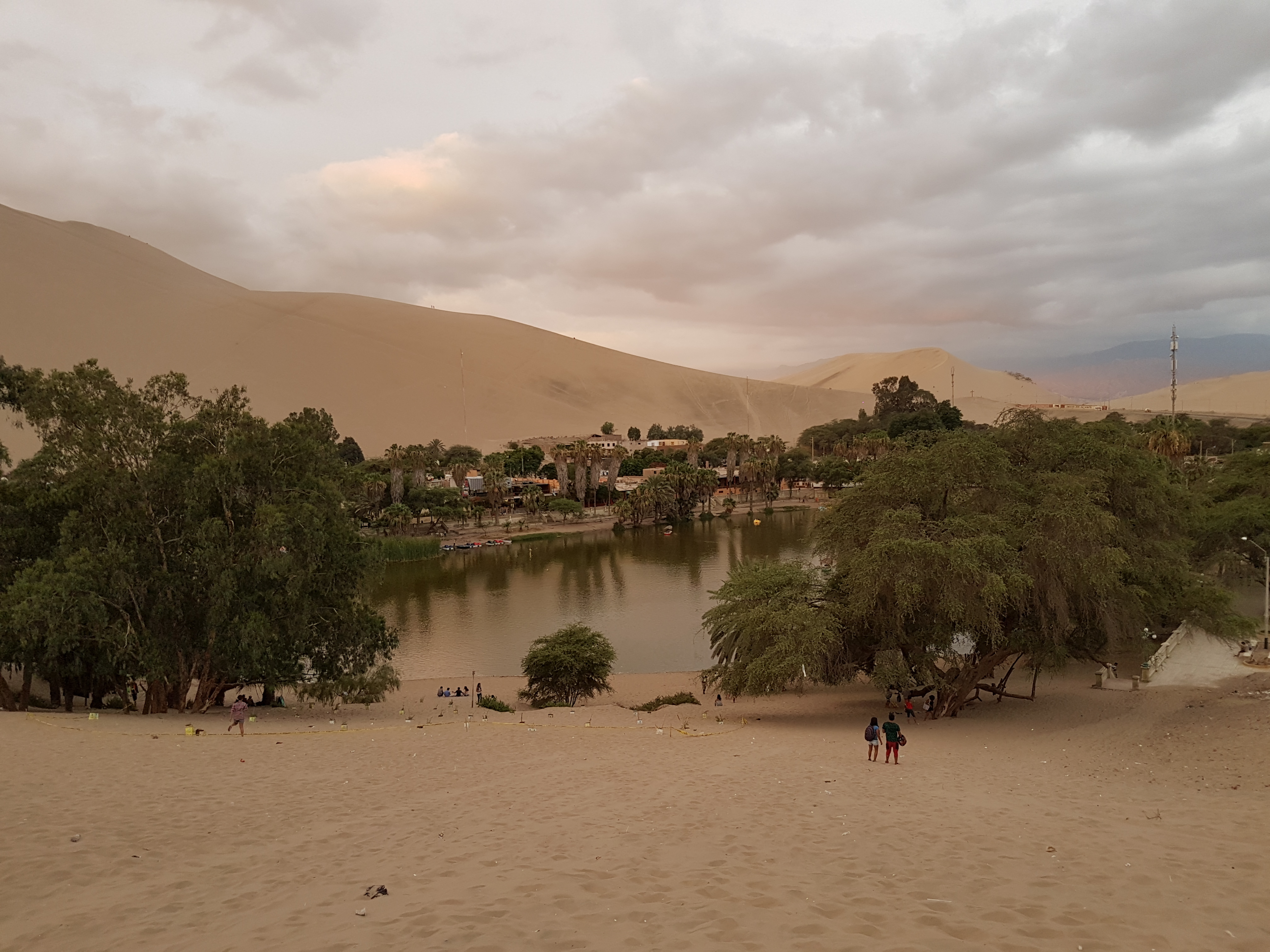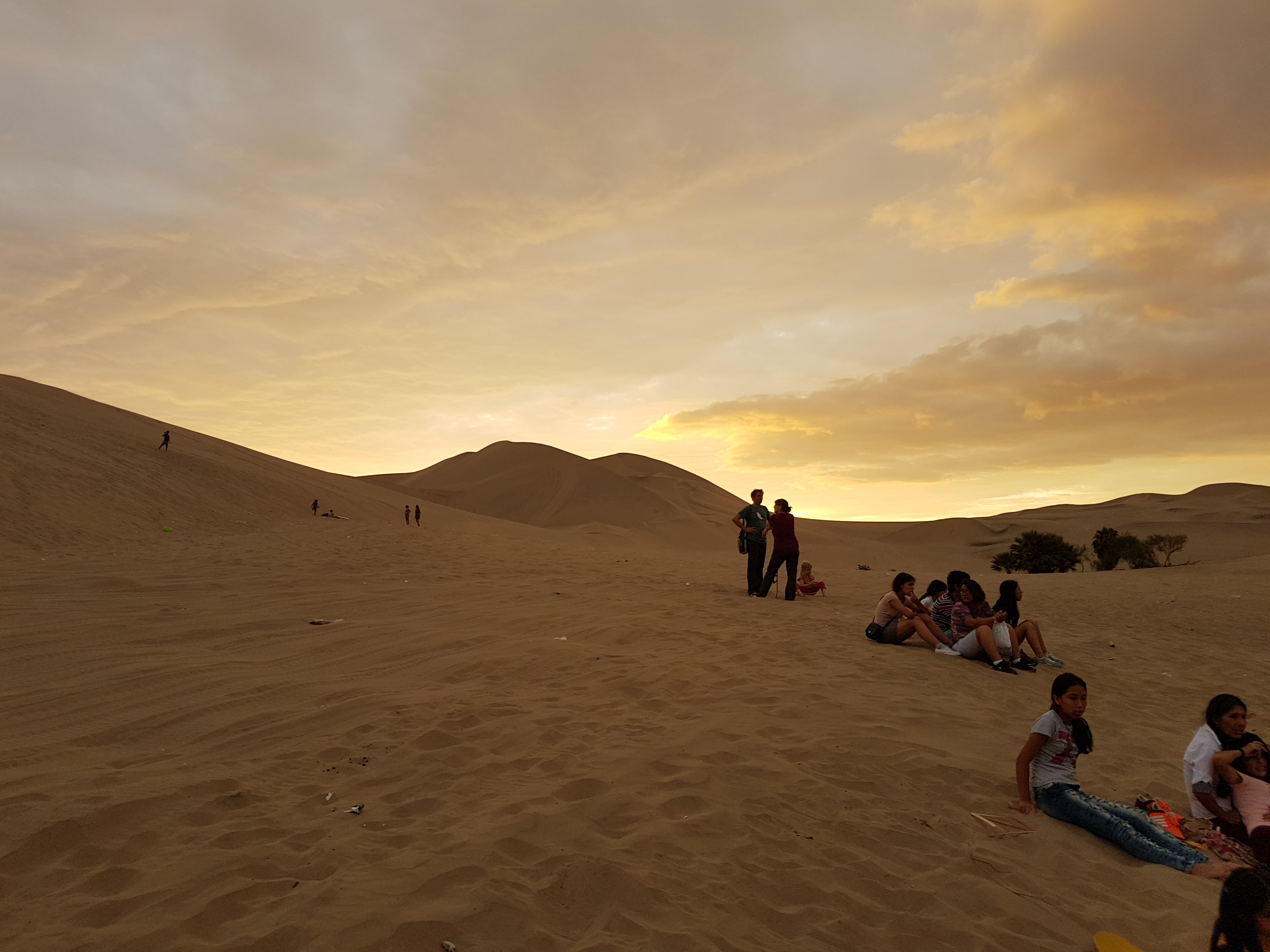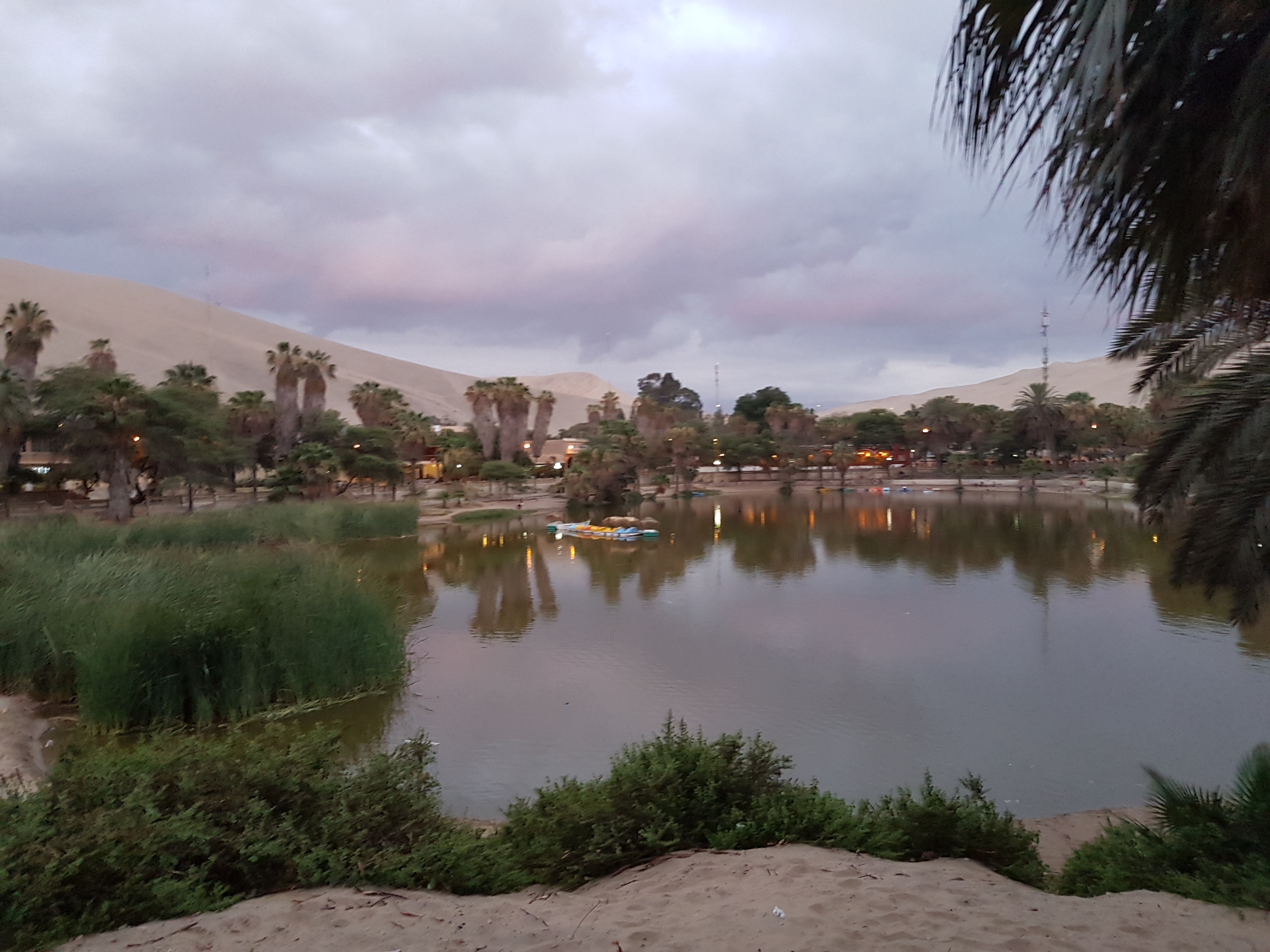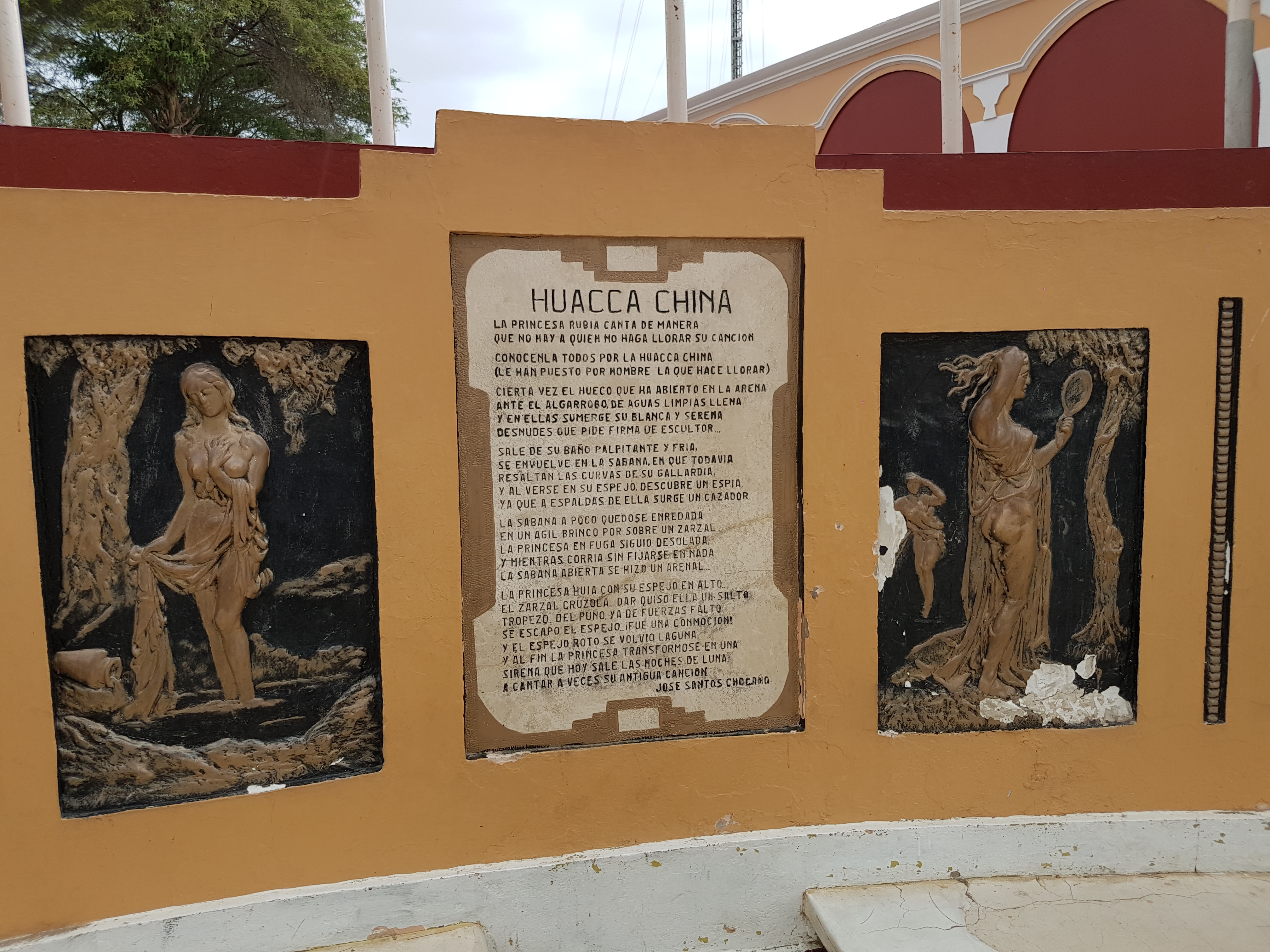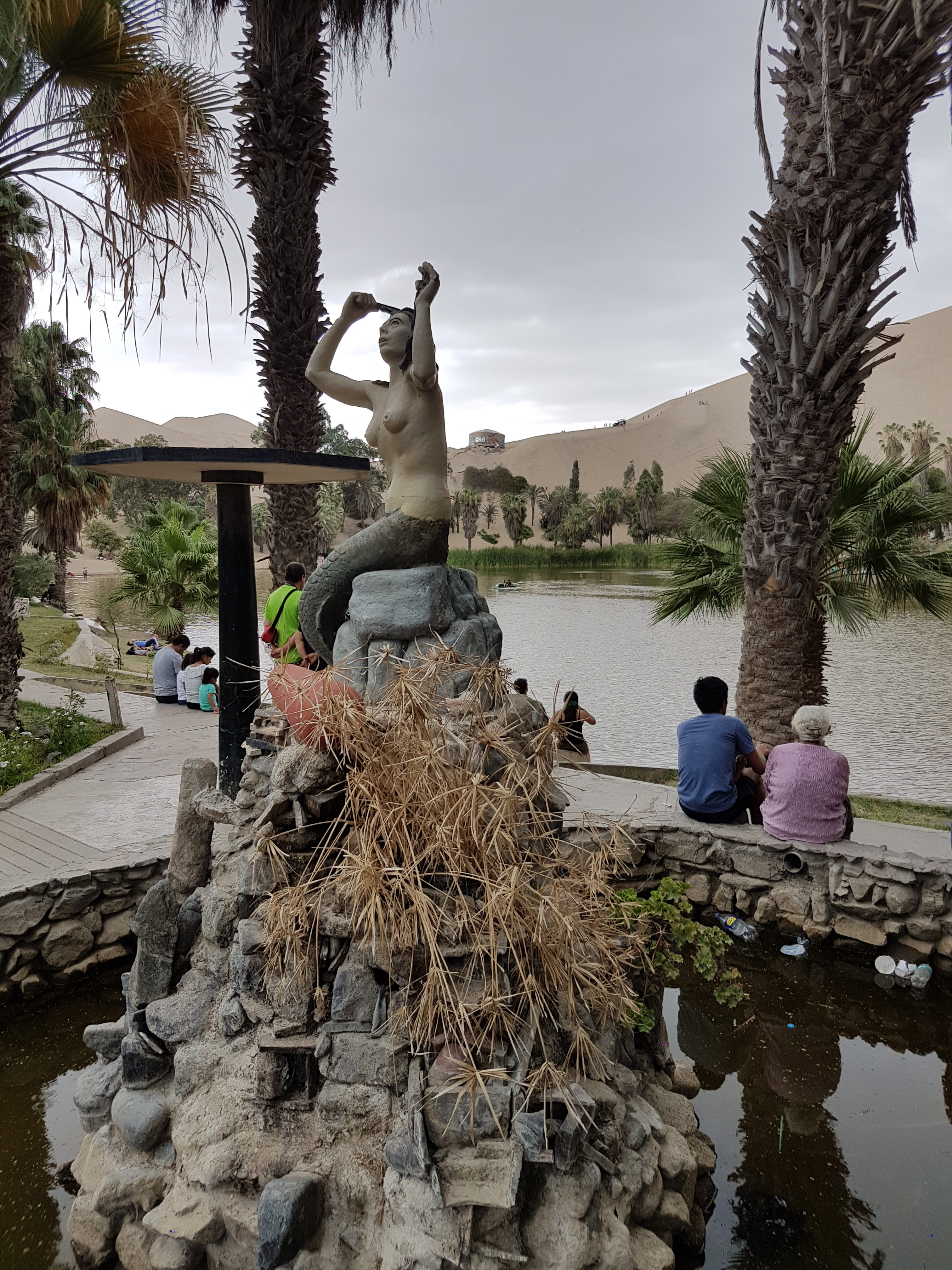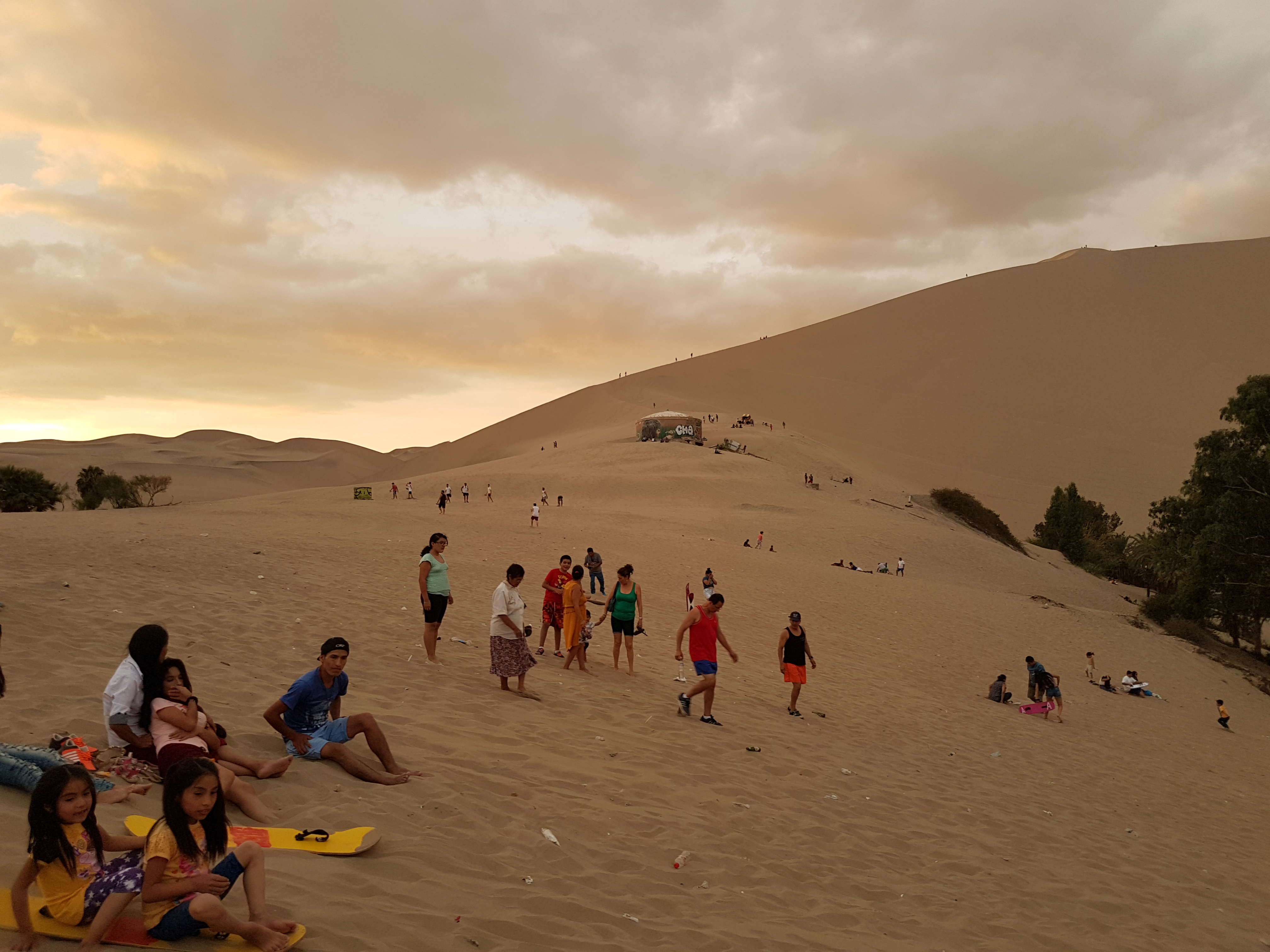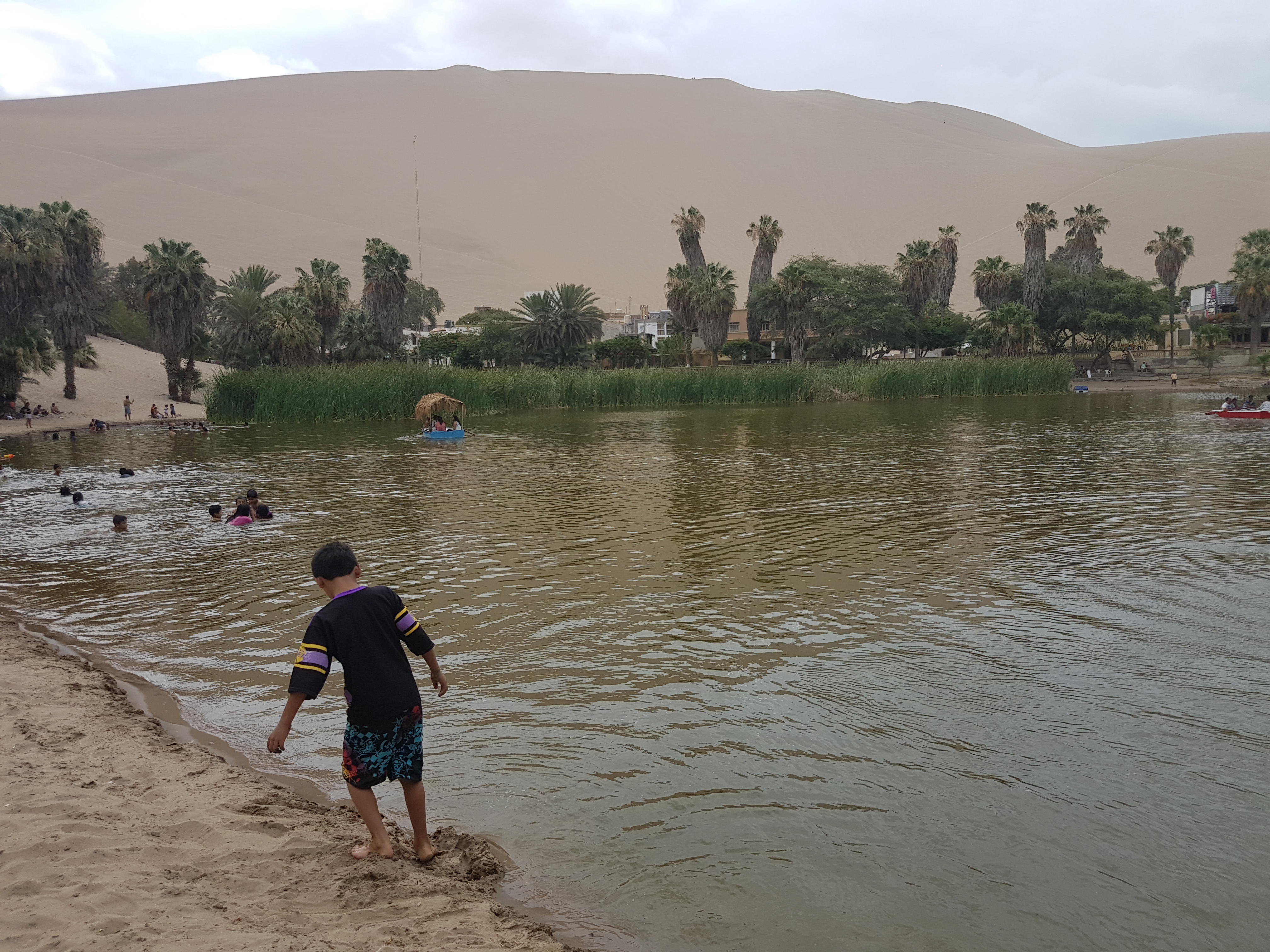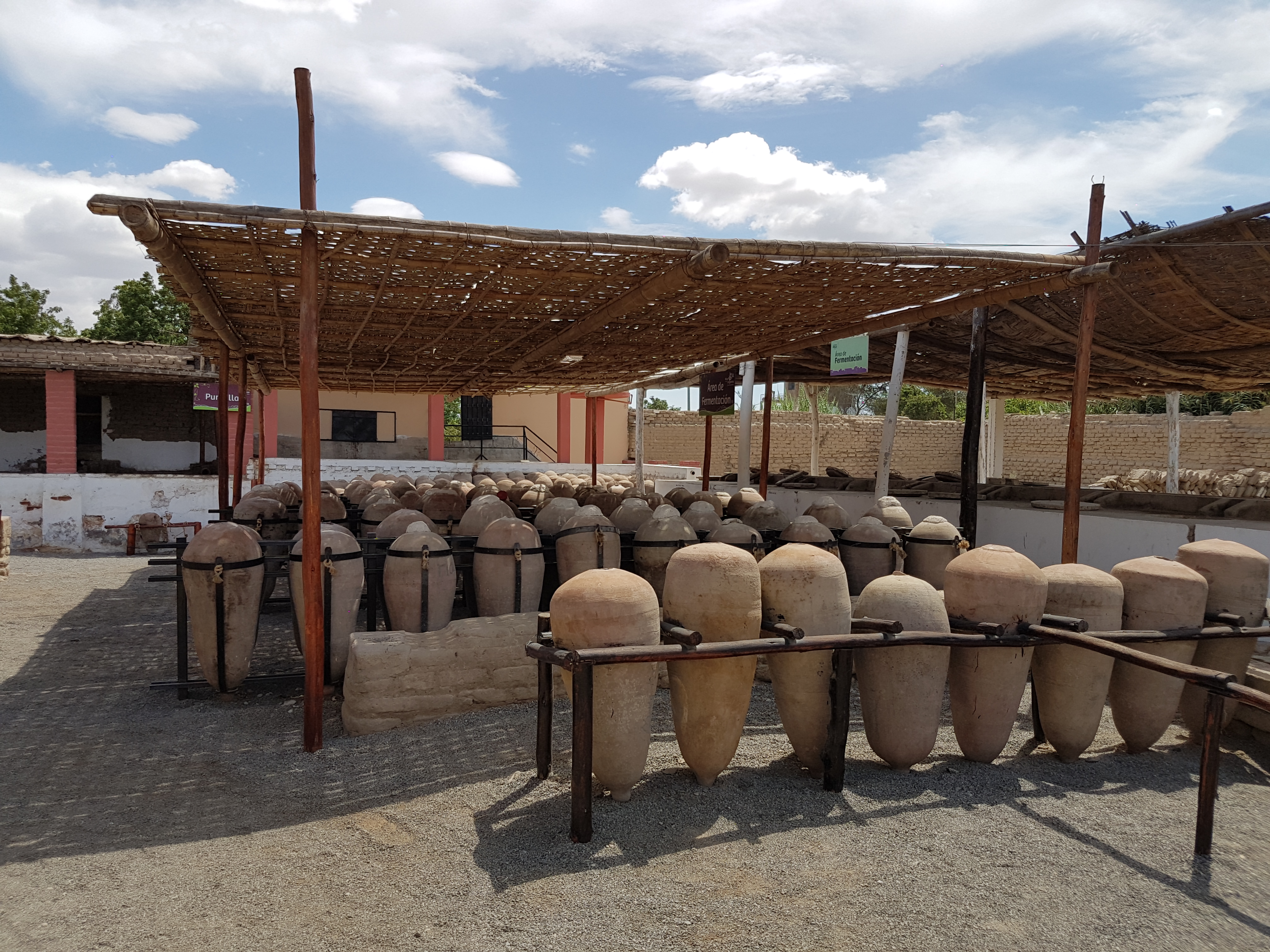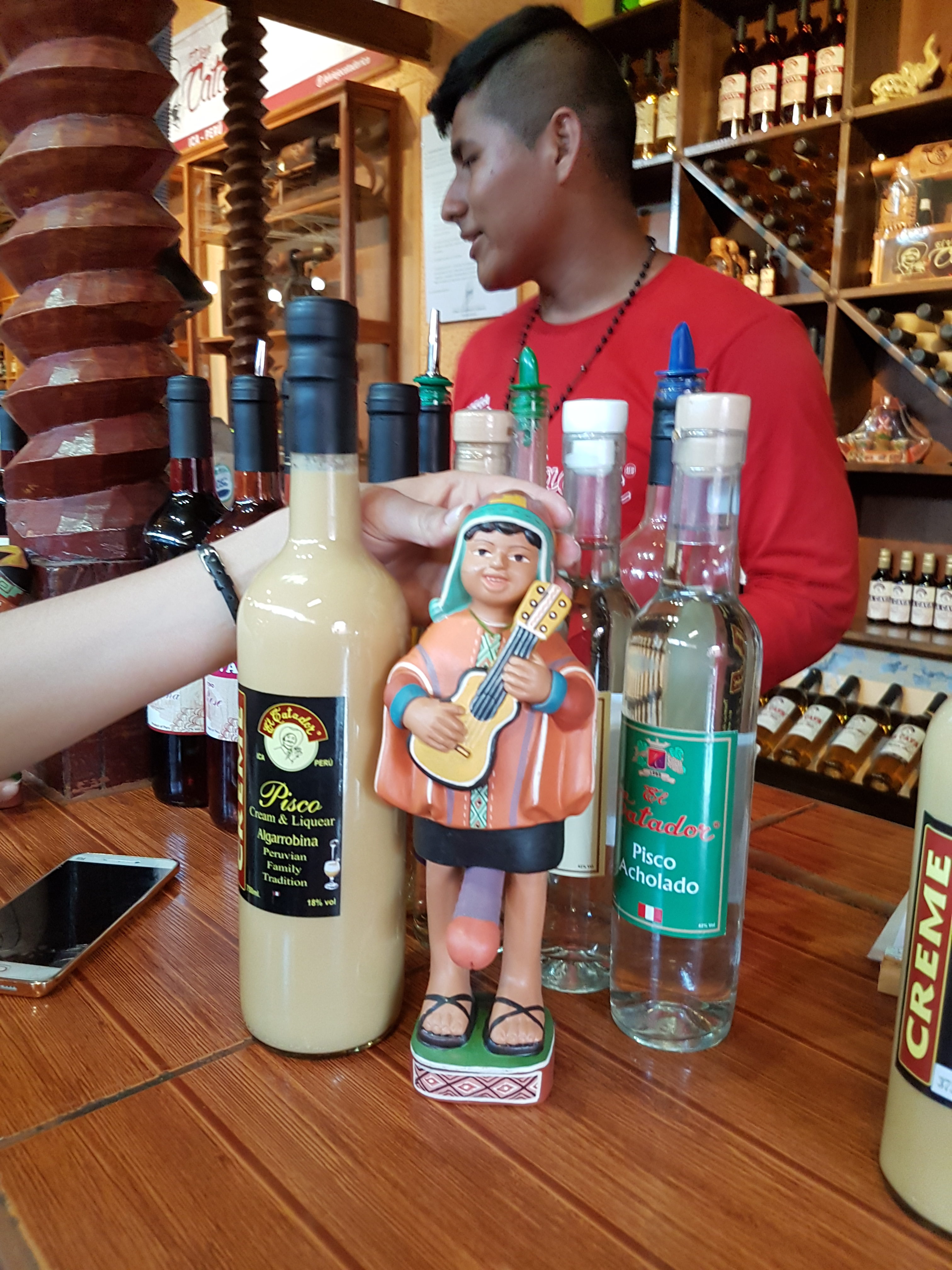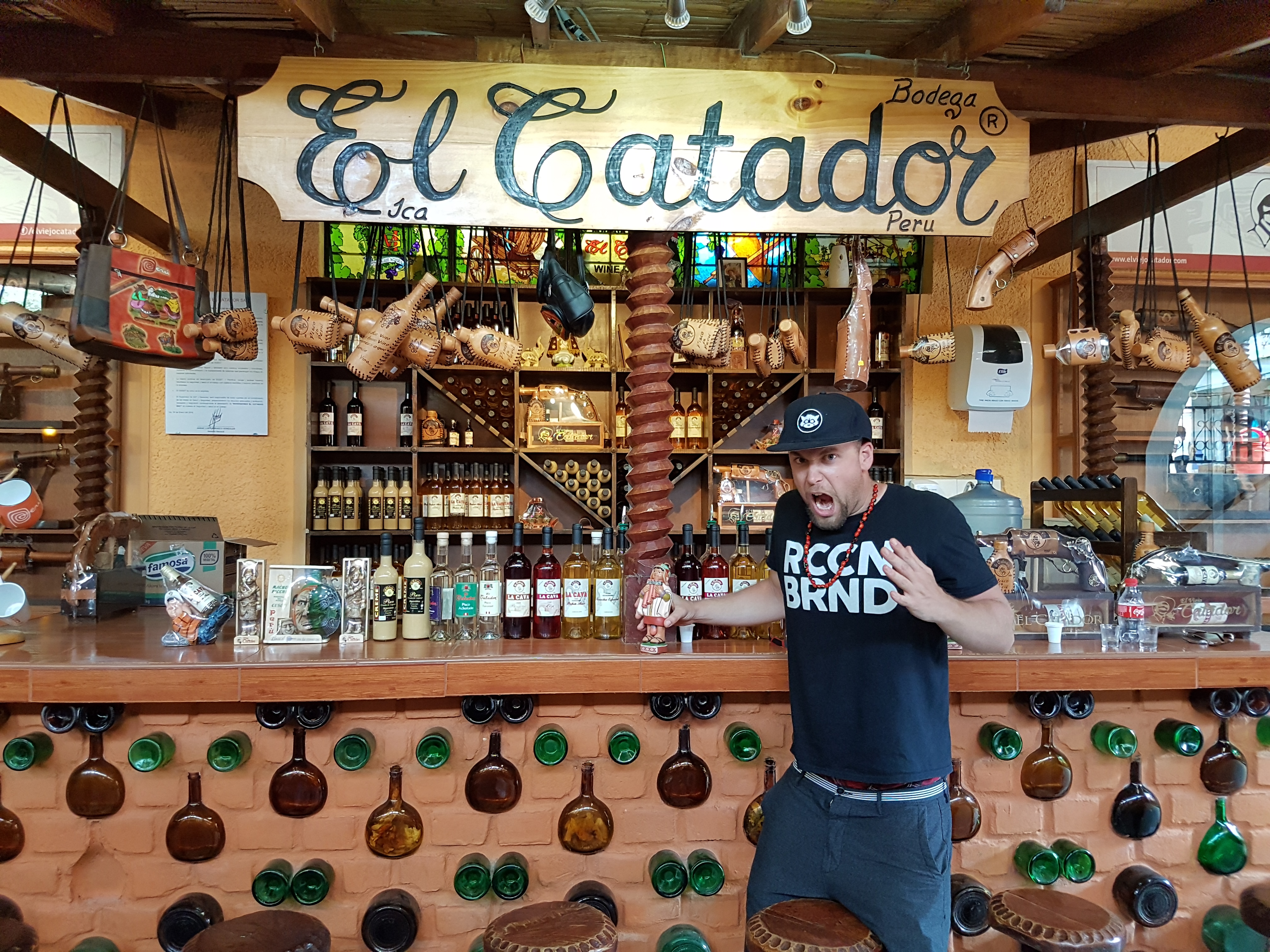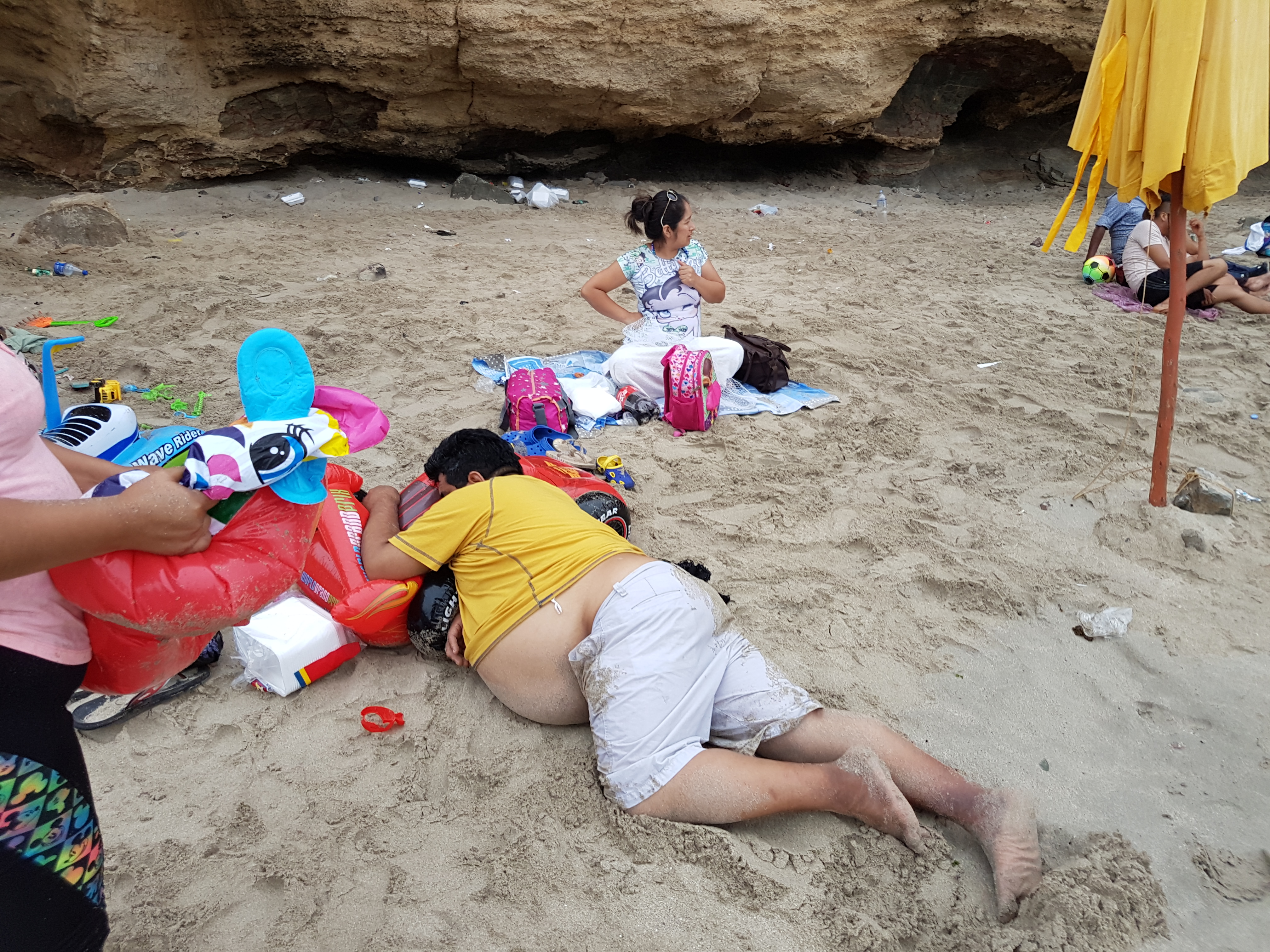Situated in the middle of the desert, Ica offers a surprising amount of neighboring attractions. With a population that exceeds 220,000, it’s no secret that Ica is booming. Throughout its history, Ica has survived epic earthquakes and hostile takeovers. This city of survivors embodies the tough spirit of the Peruvian people. Despite being in the desert, Ica is an agriculture powerhouse. On top of producing an epic amount of Pisco, the climate is also ideal for cultivating asparagus, pecans, mangos, avocados, grapes and cotton.
The only thing more extensive than Ica’s long list of produce is the amount of cultures that inhabited the area. Even though multiple tribes wandered through these deserts, three pre-Inca cultures steal the show. From 600 BC to 100 AD, the Paracas culture occupied the region of Ica. On top of practicing head elongation and successful brain surgeries, they also specialized in mummification. Multiple mummified bodies dating back to their civilization were found in Cerro Colorado. The Paracas culture was also the first Peruvian civilization to create giant geoglyphs that could be seen from the sky. This peculiar pastime was made famous by the following occupier of the area.
After the Paracas culture ceased to exist, the Nazca civilization took over the desert. From 100 to 800 AD, the Nazcas occupied the area of Ica. While the ruins in the area pale in comparison to the world famous geoglyphs in Nazca, there’s no denying their impact on Ica. Once the Nazca culture was wiped out by mother nature, the Chincha civilization rose to power. They occupied the area around Ica from 800 AD till when they were conquered by the Incas in 1476.
When the revered Incan emperor Pachacutec took control of Ica, he incorporated the entire region into Tahuantinsuyo. According to legend, a gorgeous young lady from the Ica region caught the eye of Pachacutec. In a valiant effort to save her people, she begged Pachacutec to build up their aqueducts. Enchanted by her beauty, Pachacutec revamped the local aqueducts by redirecting water from the Ica river. While Pachacutec was undoubtedly thinking with his dick, this noble act helped bring some much-needed stability to the region.
While the honeymoon was over when the Spaniards arrived in 1533, this unexpected conquest ushered in a new era of party history. Searching for a place to found the capital of the Virrienato, the Spaniards founded the Villa de San Gallán in the area of modern-day Pisco. In 1540, Nicolás de Ribera el Viejo was the first person to make moonshine out of the local grapes. This was the first version of Pisco, and this historic moment paved the way for the creation of multiple new types of grapes. These new genetics were ideal for fermenting, and led to the extra-strong Pisco we love today.
Ica’s history proves that any Chileno who claims Pisco was invented in Chile is full of fucking shit. For Peruvians, this is the most heart warming piece of history they have. While we try to stay out of the Peruvian/Chilean feud, Ica’s history proves that Pisco is indeed recontra Peruano. On top of being the birthplace of Pisco, Ica is filled with great activities. This city was resilient enough to survive an 8.0 earthquake in 2007, so it’s sure as hell good enough to visit. Discover which places around this key historical area need to be explored!
Top Places to See Around Ica
Attraction #1: Huacachina – This peculiar natural lake is located in the middle of the san dunes surrounding Ica. While the oasis’ local population is only 100, its close proximity to Ica generates thousands of tourists every year. From having a perplexing origin to being included in the iPhone X commercial, there’s no doubt that the Huacachina is an enchanting feat of nature. The mystery surrounding its creation has sparked multiple local myths, with two of the most popular versions revolving around mermaids.
The first legend recounts the story of a young woman named Huacachina who falls in love with a warrior. After they got married, her lover went to war and was killed in battle. Upon hearing this terrible news, Huacachina was overwhelmed with sadness. Unable to fathom the loss of her lover, Huacachina went to the field of sunflowers where she had seen her husband for the first time. When she reached the spot of their first meeting, she cried for multiple days on end. This never-ending stream of tears formed a small lake. One night a young warrior approached the lake and saw Huacachina weeping. When he tried to console her, she jumped into the lake and transformed into a mermaid. From then on the mermaid appeared on the surface of the lake during every full moon to mourn the loss of her lover.
The second legend of the Huacachina is based on a similar story of a young woman named Huacca China. Just like in the first story, this unlucky lady fell in love with a warrior who ended up dying in battle. Overwhelmed with sadness, Huacca China went to the place where they first met and wept uncontrollably. This grieving process lasted for weeks, and one day she saw a young man approaching her through a small mirror. As the young man got closer, Huacca China fled. This sudden movement caused her hand mirror to fall to the ground. When the mirror broke, it formed the Huacachina oasis. Her clothes fell and became the sand dunes, while her earrings became beautiful trees and her body transformed into a mermaid.
Even if you don’t believe in mermaids, the Huacachina is still an epic place to visit. From sandboarding to riding around in dune buggies, there’s no shortage of fun activities at this oasis. Over the years the amount of bars and restaurants have increased dramatically, which provides plenty of entertainment options. A group of ten businessmen started pumping water into the lake from a nearby farm in 2015. The previous threats of this precious oasis drying up have been solved, so come enjoy its hypnotic setting!
Attraction #2: Viñedos – Unsurprisingly, Ica is home to a staggering amount of wineries and Pisco production plants. Run by established local families, many of these venues have been operating for hundreds of years. They still use artisanal storage and fermenting methods, which makes them extremely novel to visit. From fine wines to great pisco, these vineyards offer a slew of intoxicating treats. Don’t miss out on getting an entertaining glimpse of the production process behind Peru’s favorite alcohol!
Attraction #3: Paracas – Located about an hour outside Ica, the capital of the Pisco province is a gateway to bountiful wildlife and exquisite history. From sea lions to dolphins, their Islas Ballestas give users a preview of their immense selection of marine life. Users also get to see one of the oldest geoglyphs that were created by the Paracas culture. For those who crave more nature, the Reserva Nacional de Paracas can be accessed through their port. This protected area boasts a wide selection of dolphins, penguins, and sea lions. The biodiversity alone makes Paracas a worthwhile pit stop on the way to Ica or Nazca.
